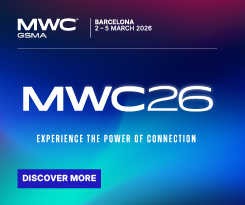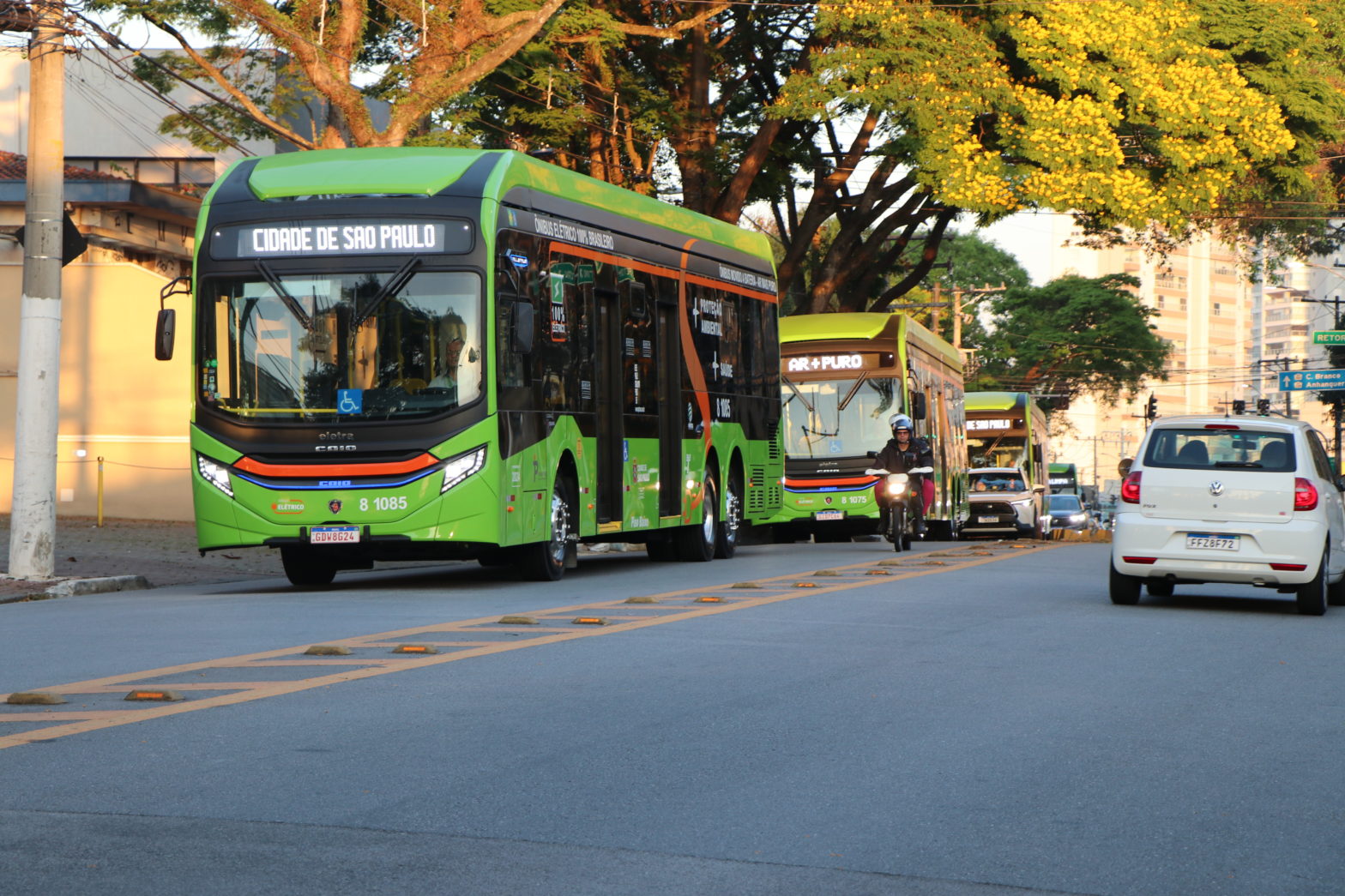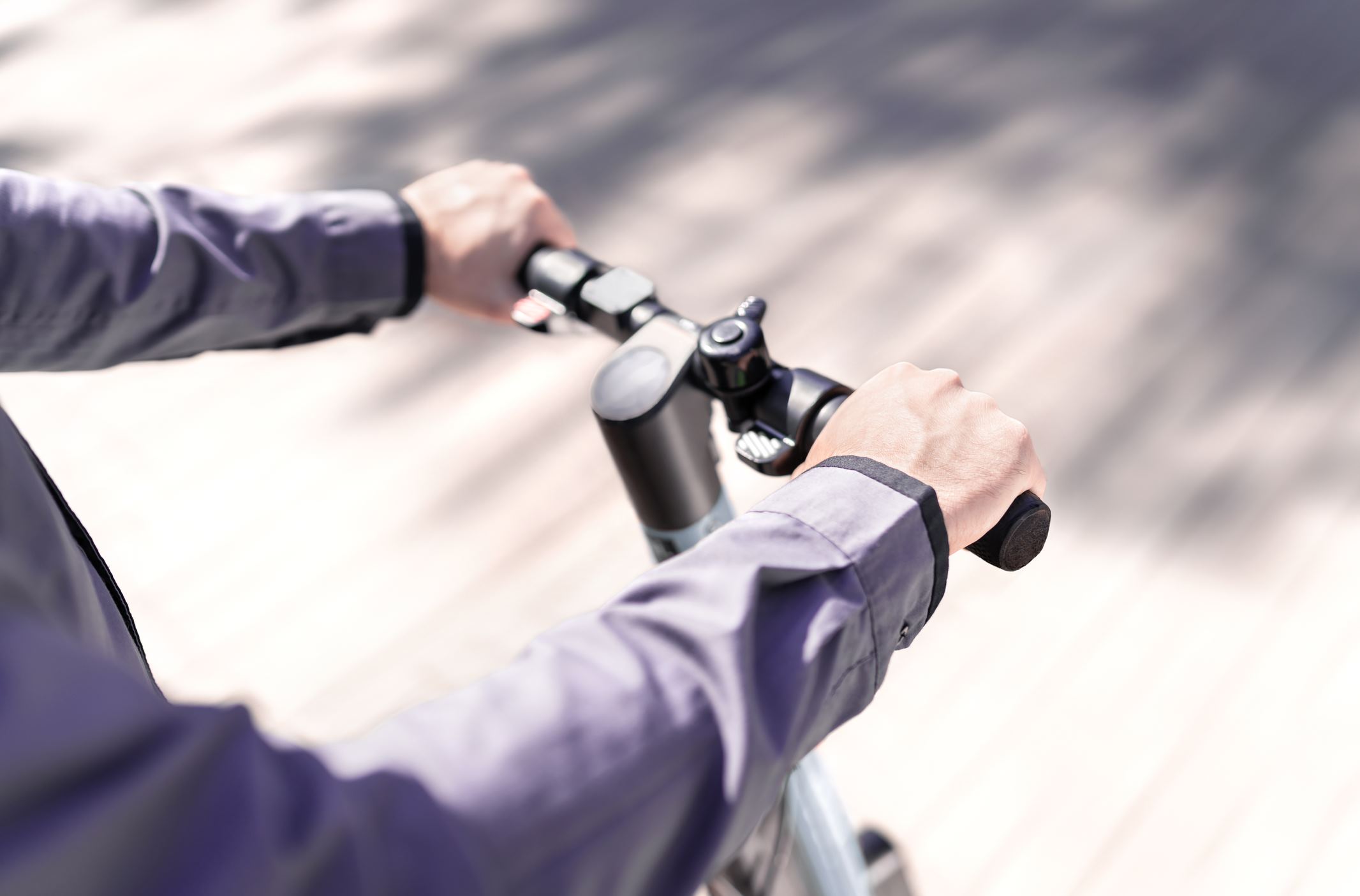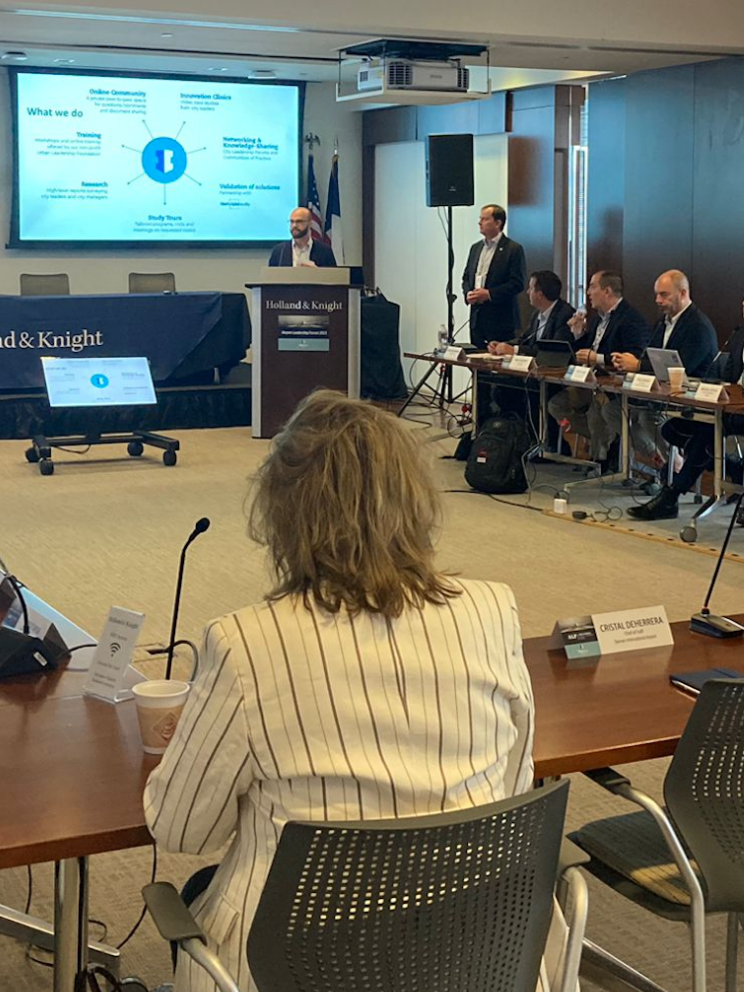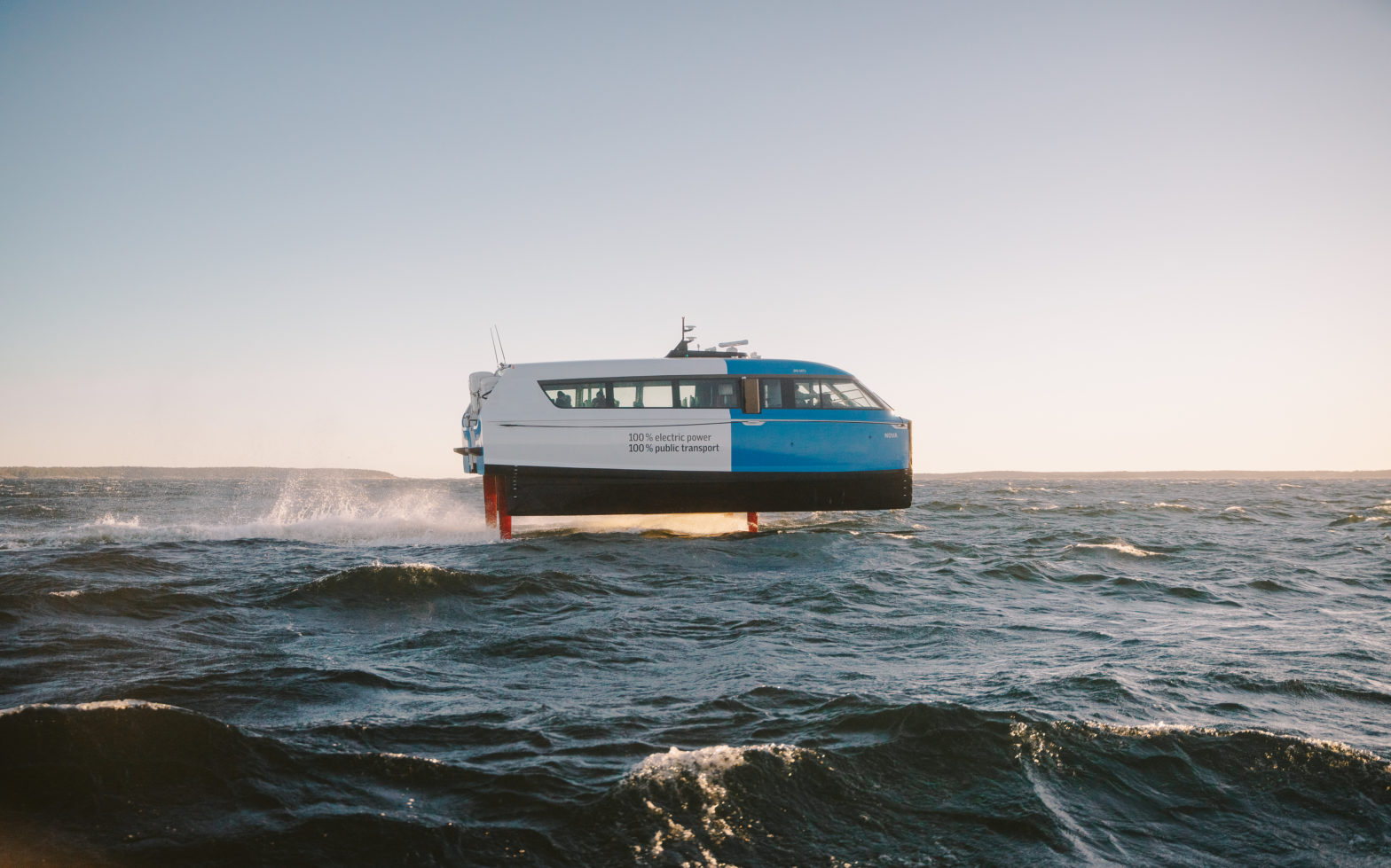
Stockholm ferry shows promise for urban water transit
09 April 2025
by William Thorpe
Stockholm is extending operations of its electric hydrofoil passenger ferry, Nova, following initial findings from a public trial that point to performance gains in energy efficiency, journey time, and emissions.
The Candela P-12 vessel, which first entered service in autumn 2024, will return to regular operations mid-April and begin daily service by May.
Nova, developed by Swedish firm Candela, combines electric propulsion with hydrofoil technology. When at cruising speed, the vessel lifts above the water, reducing drag and energy use. Region Stockholm,–the regional public body responsible for public transport, among other services–enabled the pilot by making an existing public transport route available for the test and integrating the ferry into the city’s broader transit network.

“We aim to reduce the environmental impact of our maritime public transport,” Michaela Haga, Chair of Region Stockholm’s Maritime Public Transport Committee, told Cities Today. “That is why we enable and support pilot projects like this within our public transport system.”
According to the company, Nova emits 95 percent less CO₂ and uses 84 percent less energy per passenger-kilometre than the diesel-powered vessels Lux and Sunnan, which operate on the same route. The journey time between Ekerö and central Stockholm has been reduced from around 45 minutes to approximately 30 minutes with Nova, although speed exemptions are required for certain sections of the route.
The service has operated under the same ticketing system as other public transport modes in Stockholm, with the pilot indicating consistent demand and high occupancy levels. Haga noted that Stockholm’s geography presents unique opportunities for waterborne transport.
“Stockholm is built on numerous islands, and to achieve an efficient transport system, it is essential to regard the waterways as elements that unite the city rather than divide it,” she said.
Region Stockholm did not procure the vessel but made an existing route available for testing.
“The vessel was developed with funding from the Swedish Transport Administration, and no procurement of a vessel has been conducted by the Region. E/S Nova is owned by Candela Technology,” Haga explained.
The vessel operated alongside three existing ferries on the route, including a diesel-electric hybrid, all of which are subject to renewable fuel requirements under current operator contracts.
The P-12 has a cruising speed of 25 knots and a low wake profile, allowing it to operate in areas where speed limits are typically imposed on traditional ferries. Maintenance costs are expected to be lower than those for combustion-engine vessels, although full cost comparisons will be released later in 2025.
Region Stockholm plans to conduct a full evaluation of the pilot once it concludes.
“It is too early to determine the next steps before we have assessed the outcomes,” Haga said. “However, we are optimistic and look forward to the insights this project will provide for the future of waterborne transit.”
Globally, demand for electric and low-emission waterborne transit is expected to grow significantly. According to a new ResearchAndMarkets report, the water taxi industry is projected to surpass US$500 million by 2032, driven by urban congestion, sustainability targets, and increased investment in coastal and inland waterways.
Image: Candela


